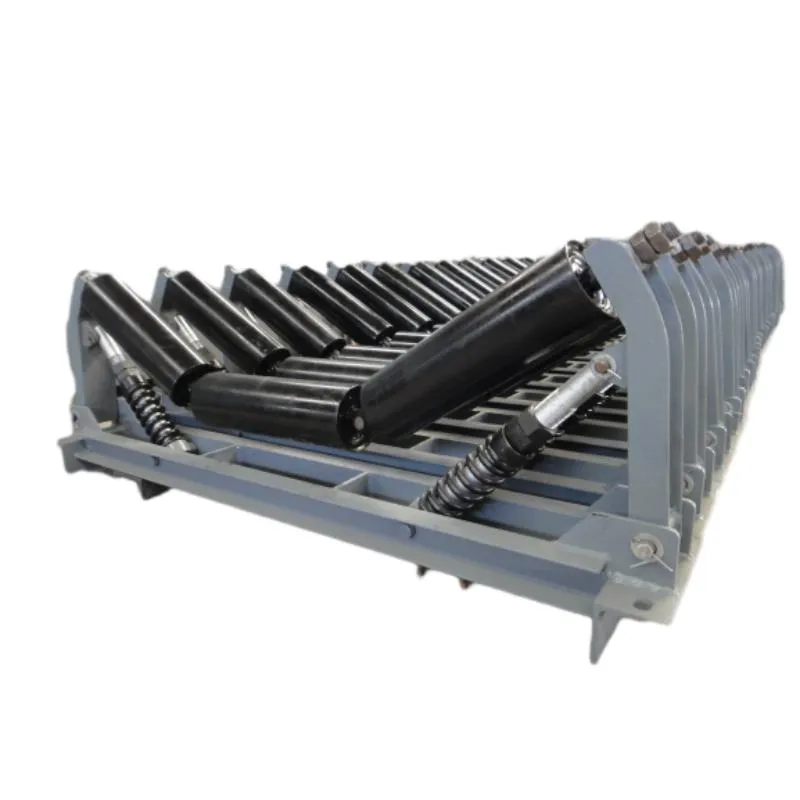 Afrikaans
Afrikaans  Albanian
Albanian  Amharic
Amharic  Arabic
Arabic  Armenian
Armenian  Azerbaijani
Azerbaijani  Basque
Basque  Belarusian
Belarusian  Bengali
Bengali  Bosnian
Bosnian  Bulgarian
Bulgarian  Catalan
Catalan  Cebuano
Cebuano  Corsican
Corsican  Croatian
Croatian  Czech
Czech  Danish
Danish  Dutch
Dutch  English
English  Esperanto
Esperanto  Estonian
Estonian  Finnish
Finnish  French
French  Frisian
Frisian  Galician
Galician  Georgian
Georgian  German
German  Greek
Greek  Gujarati
Gujarati  Haitian Creole
Haitian Creole  hausa
hausa  hawaiian
hawaiian  Hebrew
Hebrew  Hindi
Hindi  Miao
Miao  Hungarian
Hungarian  Icelandic
Icelandic  igbo
igbo  Indonesian
Indonesian  irish
irish  Italian
Italian  Japanese
Japanese  Javanese
Javanese  Kannada
Kannada  kazakh
kazakh  Khmer
Khmer  Rwandese
Rwandese  Korean
Korean  Kurdish
Kurdish  Kyrgyz
Kyrgyz  Lao
Lao  Latin
Latin  Latvian
Latvian  Lithuanian
Lithuanian  Luxembourgish
Luxembourgish  Macedonian
Macedonian  Malgashi
Malgashi  Malay
Malay  Malayalam
Malayalam  Maltese
Maltese  Maori
Maori  Marathi
Marathi  Mongolian
Mongolian  Myanmar
Myanmar  Nepali
Nepali  Norwegian
Norwegian  Norwegian
Norwegian  Occitan
Occitan  Pashto
Pashto  Persian
Persian  Polish
Polish  Portuguese
Portuguese  Punjabi
Punjabi  Romanian
Romanian  Russian
Russian  Samoan
Samoan  Scottish Gaelic
Scottish Gaelic  Serbian
Serbian  Sesotho
Sesotho  Shona
Shona  Sindhi
Sindhi  Sinhala
Sinhala  Slovak
Slovak  Slovenian
Slovenian  Somali
Somali  Spanish
Spanish  Sundanese
Sundanese  Swahili
Swahili  Swedish
Swedish  Tagalog
Tagalog  Tajik
Tajik  Tamil
Tamil  Tatar
Tatar  Telugu
Telugu  Thai
Thai  Turkish
Turkish  Turkmen
Turkmen  Ukrainian
Ukrainian  Urdu
Urdu  Uighur
Uighur  Uzbek
Uzbek  Vietnamese
Vietnamese  Welsh
Welsh  Bantu
Bantu  Yiddish
Yiddish  Yoruba
Yoruba  Zulu
Zulu conveyor system components
Understanding Conveyor System Components A Comprehensive Guide
Conveyor systems are integral to modern manufacturing and logistics, facilitating the efficient movement of goods and materials across various industries. Whether in a warehouse, production facility, or distribution center, understanding the components of a conveyor system is essential for optimizing operations and ensuring smooth workflows. In this article, we will delve into the key components of conveyor systems and their significance in maintaining operational efficiency.
1. Conveyors Types
Before discussing the components, it's important to note that conveyors come in several types, including belt conveyors, roller conveyors, chain conveyors, and screw conveyors. Each type is designed to handle specific materials and product types, and the choice of a conveyor system often depends on the nature of the materials being transported and the layout of the facility.
2. Belt
The belt is one of the most critical components of a conveyor system, especially in belt conveyors. Typically made from rubber or synthetic materials, the belt provides the surface on which products are transported. The selection of the right belt material is crucial, as it needs to withstand wear and tear, as well as any chemical or temperature factors associated with the materials being moved.
3. Drive Motor
The drive motor generates the power required to move the conveyor belt. Motors can be electric, hydraulic, or pneumatic, depending on the system’s design and requirements. It is important to choose the right motor that can handle the load capacity of the conveyor while maintaining efficiency. The drive motor is often coupled with a gearbox to manage the torque and speed, ensuring smooth operation.
4. Rollers and Idlers
conveyor system components

Rollers and idlers are essential components that support the conveyor belt, reducing friction and allowing for smooth movement. Rollers are typically installed at various points along the conveyor for load support, while idlers are usually positioned to keep the belt aligned and centered. The material and design of these components can significantly affect the performance and lifespan of the conveyor system.
5. Frame
The frame provides the structural integrity of the conveyor system. It is typically made from steel or aluminum and designed to bear the load of the belt and transported materials. A robust frame design is crucial for the long-term durability of the conveyor and to withstand any stress caused by movement and load variations.
6. Sensors and Controls
Modern conveyor systems often incorporate advanced sensors and control systems for enhanced automation. Sensors can detect the presence of items on the conveyor, monitor speed, and ensure that the system operates within safety parameters. Control systems can be programmed to manage conveyor operations efficiently, facilitating features like starting and stopping the system, adjusting speed, and integrating with other automation components in the facility.
7. Supports and Guards
Supports help maintain the proper height and alignment of the conveyor system, while guards ensure safety for operators and maintenance personnel. Safety guards can prevent accidental contact with moving parts, reducing the risk of injury. Alongside proper installation and regular maintenance, these elements play a crucial role in ensuring a safe working environment.
Conclusion
Understanding the components of a conveyor system is essential for anyone involved in the design, operation, or maintenance of these critical systems. Each component, from the belt to the drive motor and the frame, works in harmony to facilitate the efficient movement of goods. By recognizing the importance of each part, businesses can optimize their conveyor systems for improved efficiency, safety, and reliability, ultimately contributing to the overall success of their operations. Investing in quality components and regular maintenance will ensure that a conveyor system continues to operate effectively, meeting the demands of the modern industrial landscape.
-
Revolutionizing Conveyor Reliability with Advanced Rubber Lagging PulleysNewsJul.22,2025
-
Powering Precision and Durability with Expert Manufacturers of Conveyor ComponentsNewsJul.22,2025
-
Optimizing Conveyor Systems with Advanced Conveyor AccessoriesNewsJul.22,2025
-
Maximize Conveyor Efficiency with Quality Conveyor Idler PulleysNewsJul.22,2025
-
Future-Proof Your Conveyor System with High-Performance Polyurethane RollerNewsJul.22,2025
-
Driving Efficiency Forward with Quality Idlers and RollersNewsJul.22,2025





























